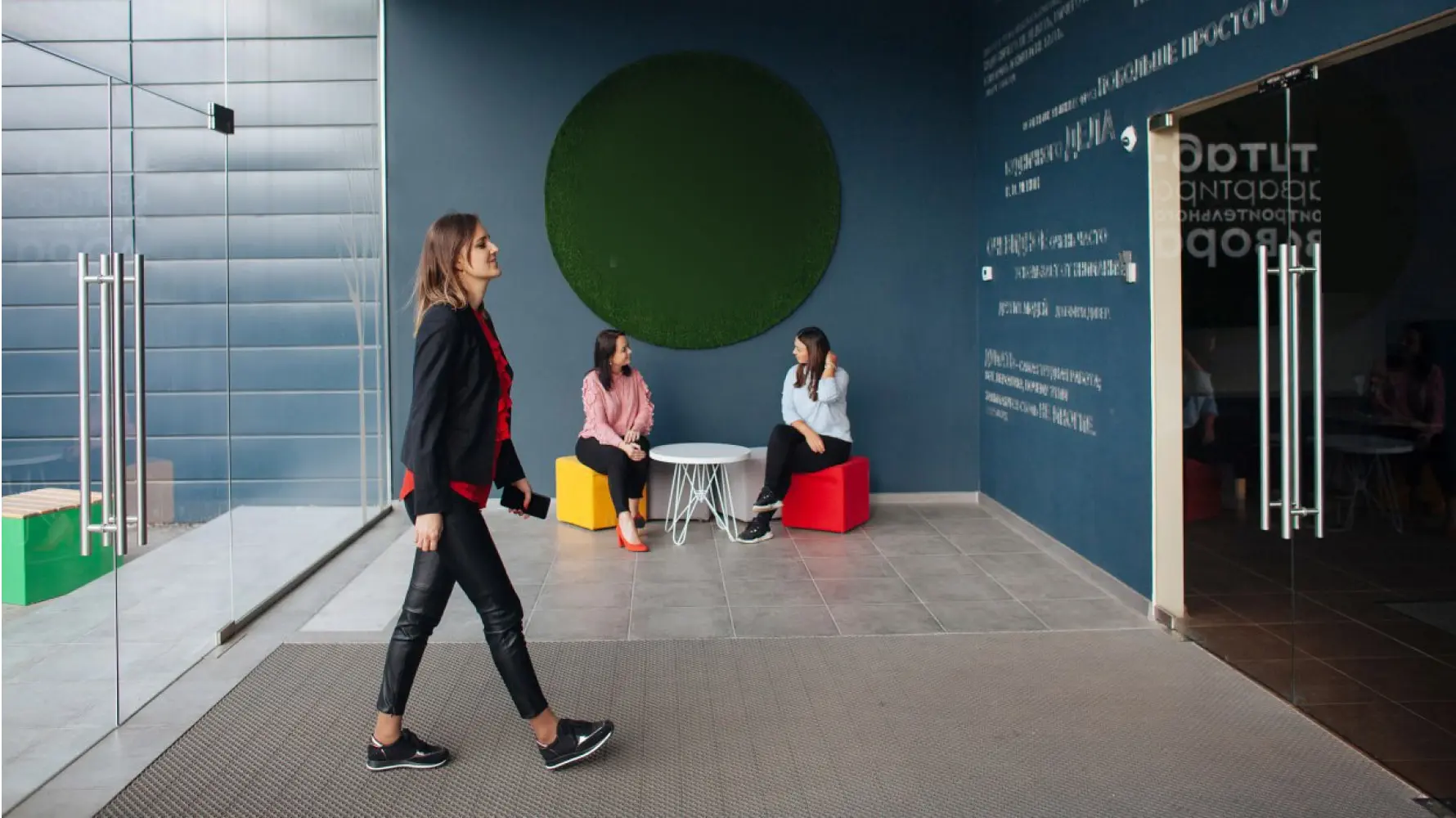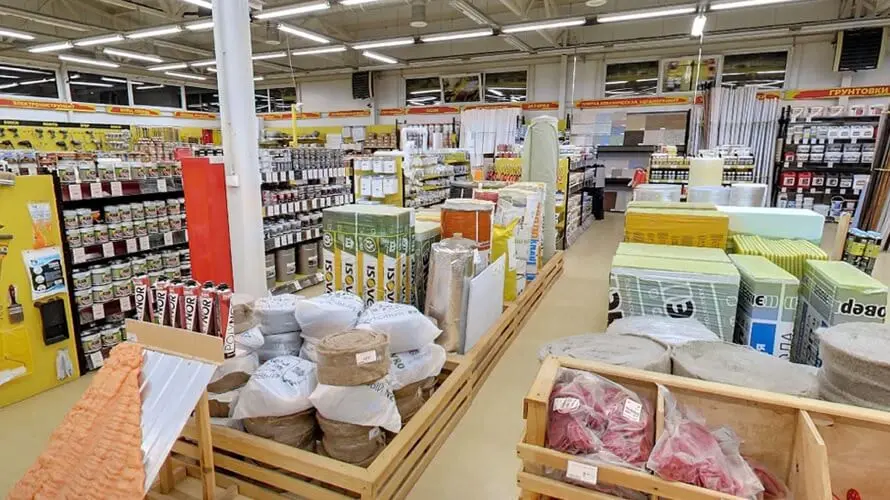Scaling the Logistics of a DIY Retailer
Introduction
The more intensively a company develops, the faster its business processes reach efficiency limits. When usual efforts are no more enough for further growth, a major technological leap is needed.
This is especially the case in logistics. With active business scaling, manual route planning quickly hits its limit. So, a need has appeared for automation and complex calculations, which cannot be done without combinatorial optimization.
Read about the complex and specific tasks that the Veeroute optimizer can solve, as well as what benefits businesses can get.
Client profile
Description:
Building and finishing materials retailer
Established:
Since 1993
Geography:
17+ cities in Europe
Brands:
890+
Challenge
At the beginning of the search for an optimization partner, the company’s logistics were already well-organized and partly digitized. But it was not enough for further development for two main reasons:
Route planning was partly automated, but most current operations were still done manually, so the range of tasks and scalability were severely limited. The future tool was supposed to solve this problem and create new growth points for the system as a whole.
DIY materials vary in shape and size. It affects their transportation as well as delivery planning. So, the company needed a tool that, in the planning phase, can consider the optimal arrangement of differently shaped goods in the delivery truck.
During the search for a suitable technical solution, the company discovered a more complex IT foundation was needed to solve the challenges.
As a result, the management approved the development of its own TMS with an integrated optimization engine. It was also planned to revise and modernize the existing business processes.

Search for an optimization partner
Before the candidate selection started, the customer analyzed 3 possible decisions:
To develop a optimization
engine on its own
To buy a ready-made
product
To get a bespoke product
from a technological partner
According to the study results, the third option turned out to be the most cost-effective and promising decision.
The search was focused on companies of two categories:
Companies with deep mathematical expertise in transportation optimization.
Professional providers of logistic automation services.
All selected participants were proposed to go through a contest.
Contest
The contest included three testing stages:
Simple routes
The contest participants had to demonstrate their ability to build simple routes. Each company received a pool of real orders with delivery data included, such as the number of delivery points and couriers on the line. The candidates had to offer their own route planning options.
At this stage, the company management analyzed the feasibility. Gaps in logic were immediately visible. For example, if a candidate did not consider the traffic, delivery time was incredibly short.
Realistic cases
Applicants who successfully completed the previous test were given more complex cases.
Each case included dozens of scenarios based on real-life situations. There might be several points to pick up the goods, or a driver might need to return some of the goods to the warehouse after delivery.
These additional parameters significantly complicated the routing algorithms. Candidates had to evaluate and demonstrate their technical capabilities.
Geometry of goods
The decisive criterion was an ability to work with the goods’ dimensions.
In the DIY business, logisticians consider plenty of detail when route planning, including the arrangement of differently shaped goods in a delivery truck. Also, they must consider dimensions, compatibility, packaging characteristics, transportation methods, etc. Thus, it isn’t easy to plan, make rules, or set conditions.
If these calculations are carried out by an optimization engine, the routine work volume would be reduced from several hours to 20 minutes. This would allow the logistician to focus on solving strategic problems and improving the service quality.

None of the candidates had a ready-made tool for geometry optimization. Nevertheless, Veeroute’s flexible architecture made it possible to quickly customize the engine to customer requirements, so Veeroute’s team successfully passed the final selection.
Why Veeroute?
Veeroute’s algorithmic platform performed well in all the testing stages. Our geometry problem has become a kind of challenge for both the product and the team.
In addition to Veeroute’s professional competencies, it needs to be mentioned that we were closely monitoring how the contenders interacted with us. Other things being equal, we chose someone sharing our values and who was comfortable to work with.
Veeroute won by a huge margin. The team was always in touch. They showed flexibility, speedy reactions, and, what is more, the genuine interest of an explorer — one who is passionate about the search as well as about the discovery itself.
Director of Logistics
Results
The company got its own TMS, the core of which became the Veeroute cloud optimizer.
The engine was adapted to the company’s requirements. In particular, we added the ability to consider the geometry of goods during route planning.
by 30%
Each courier capacity has increased
by 23%
The volume of delivered orders per vehicle increased
in 4 times
Each logistician’s efficiency has increased
to 1 hour
The average delivery interval has reduced